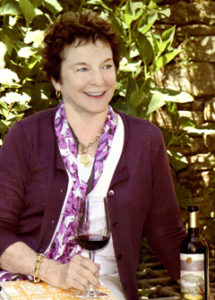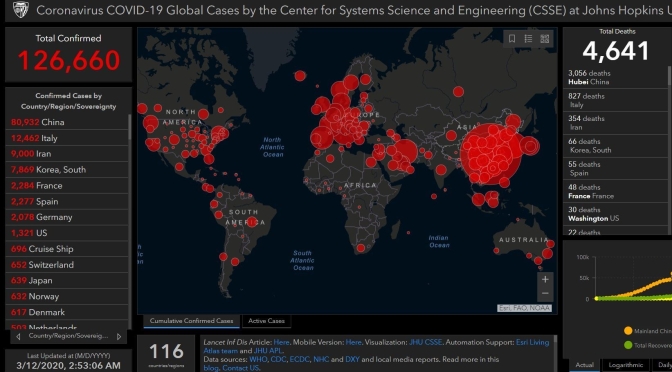
As Bjorn and I push through thickets of devil’s club and trundle over chest-high nurse logs, the trees seem to grow before our eyes. The forest stands as a witness to the passage of time, and a nearby stream as a lifeline to the past.

The saplings at the confluence of the stream mark the present, while the giant spruce and hemlock at its source likely predate the European colonization of the Americas — so that the only humans who could have witnessed the birth of this stand of trees are the area’s Tlingit and Haida peoples.
It’s late April 2019, and my traveling companion, Bjorn Dihle, and I are on a four-day, 30-mile excursion through the heart of Prince of Wales Island along the Honker Divide Canoe Route, the island’s longest trail. We have forgone the canoes and opted for packrafts due to their size and weight; they’re easier to schlep over logs and across the many short portages.









 NYT Explorer. 100 Trips Around the World takes travel beyond the obvious with adventures in exotic places and new perspectives in familiar ones, all based on the distinguished travel journalism of The New York Times. Each journey features a first-person narrative and postcard-perfect photography, capturing the unique personality of the destination—as well as practical information to help get you on your way.
NYT Explorer. 100 Trips Around the World takes travel beyond the obvious with adventures in exotic places and new perspectives in familiar ones, all based on the distinguished travel journalism of The New York Times. Each journey features a first-person narrative and postcard-perfect photography, capturing the unique personality of the destination—as well as practical information to help get you on your way. 

 The aromas here are rich and pungent — smoked, cured, dried and fresh seafood, along with many forms of meat, both raw and cooked. The awnings over the stalls create a shadowy atmosphere that’s punctuated by thin streaks of dancing light.
The aromas here are rich and pungent — smoked, cured, dried and fresh seafood, along with many forms of meat, both raw and cooked. The awnings over the stalls create a shadowy atmosphere that’s punctuated by thin streaks of dancing light.

 Rick Steves is a travel evangelist, always in motion, traversing faraway places and inspiring others to do the same. So when the world shuts down, and Rick Steves can no longer travel, then who is Rick Steves?
Rick Steves is a travel evangelist, always in motion, traversing faraway places and inspiring others to do the same. So when the world shuts down, and Rick Steves can no longer travel, then who is Rick Steves?




